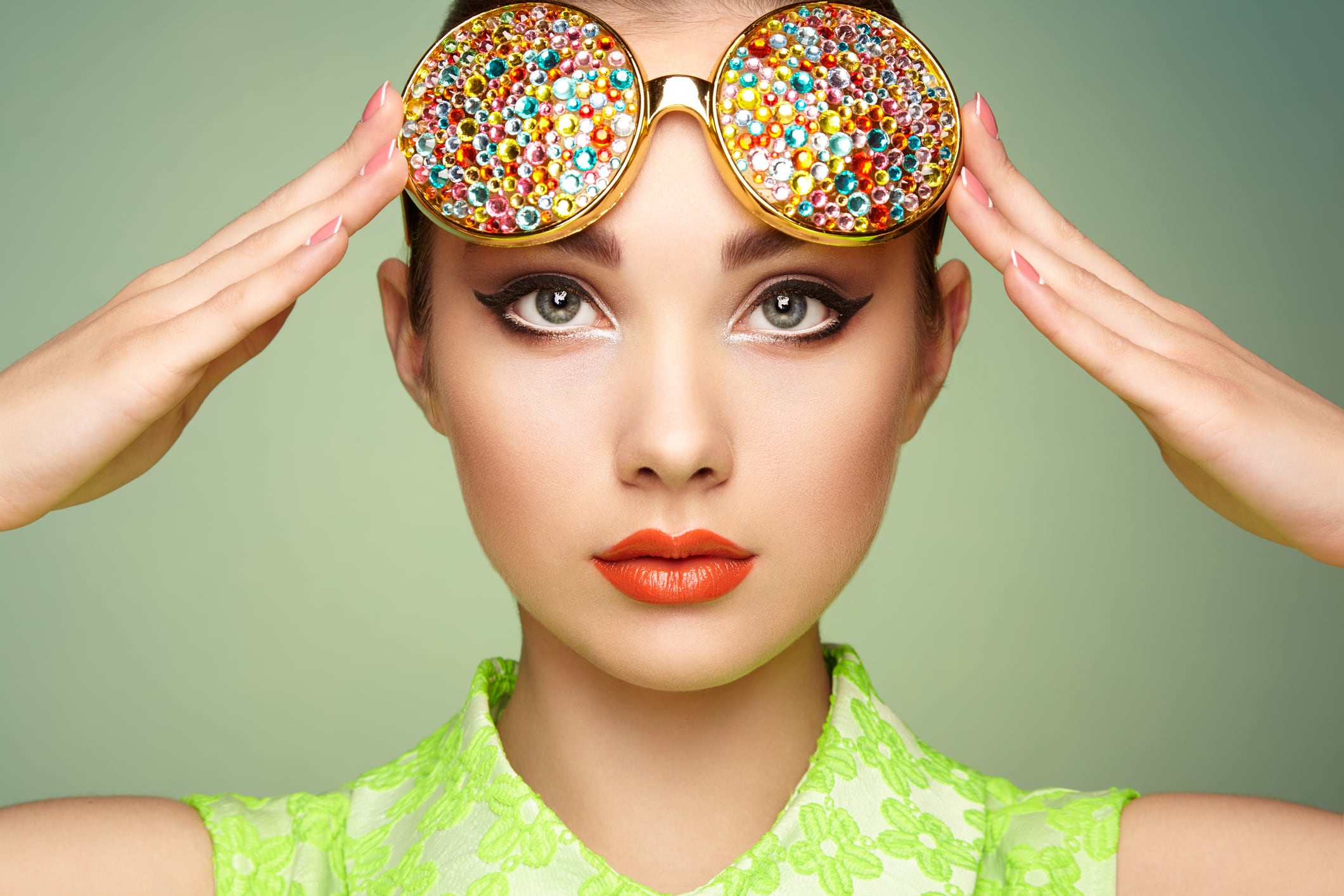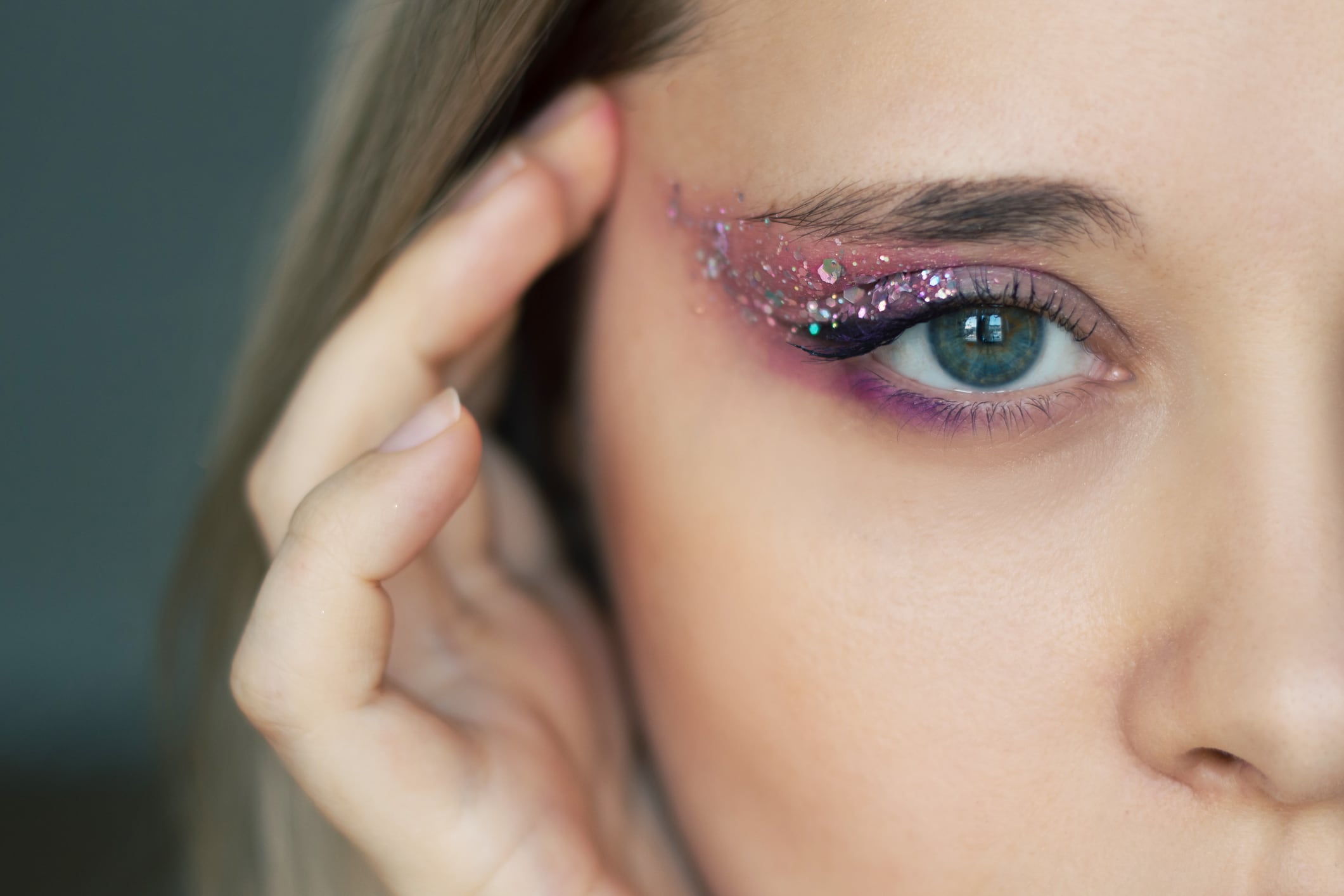Going to the In-Cosmetics Global show is the closest thing we have to a crystal ball that gives us a glimpse of the future for the beauty and personal care industry.
With the world’s biggest suppliers and most innovative startups all gathered under one roof, the show allows us to see what’s new and therefore likely to impact formulations a year from now and beyond.
So without further ado, here’s what we saw and took note of...
Tech fusing with human emotions
Our feelings play a huge role in the user experience and perceived effectiveness of cosmetics. This means it has become increasingly important to create beauty and personal care products that have an positive impact on both the body and mind.
At this year’s event it was clear that more personal care ingredients companies are fusing new tech with human emotions to take beauty and personal care product formulations to the next level.
Natural cosmetics formulations that look natural (AKA not white or transparent)
While the beauty has been focused on naturalness and sustainability in recent years, the founder of Kaffe Bueno – which makes cosmetics ingredients from upcycled coffee – Alejandro Franco highlighted that there’s a contradiction here that is rarely questioned: the fact that many natural beauty products are still expected to have white formulations.
“We say we want nature, but reject its colours. We promote “natural skin care” but still insist on creams and lotions that are white or transparent. If we are truly aiming to embrace nature, shouldn’t our products look like nature too?” he asked.
Franco said he believed it was “time for the industry to become aware of the interconnected nature of the multiple dimensions to address,”
“We cannot pretend to be all about nature on one hand, when on the other hand we’re removing nature from our products,” he said.
Franco presented on the topic at the industry show and said he believed that the industry was “sticking to an old standard that is only serving as a weight in our backpack on our journey to evolve with the world.”
“If consumers are demanding real, natural products, why are we still formulating them to look sterile, clinical, and unnatural?” he asked.
More focus on beauty-from-within
The growing convergence of beauty and wellness—alongside consumers’ increasing awareness that internal nutrition affects skin, hair and nail health—continues to establish beauty from within as a category of its own within the beauty industry.
With more beauty and personal care brands embracing holistic solutions like ingestible beauty-boosting ingredients, there was more innovation in the nutricosmetics space.
Here we’ve rounded up some of the latest ingredients innovation in this space.

Prejuvenation & longevity
For decades, the primary focus of anti-ageing skin care products has been to minimise the effects of ageing, such as reducing wrinkles, fading hyperpigmentation and improving skin texture.
But in recent years, there has been a change of narrative brought about by a more holistic approach to beauty, linking it to health and wellness, along with a growing consumer demand for a more scientific approach and proof of product efficacy.
‘Longevity’ has officially stolen the spotlight from ‘anti-aging’, and as more beauty and personal care brands innovate in this space, we have explored what’s new in terms of ‘prejuvenation’ ingredients that are designed to outwit the ageing process and even potentially undo some of the damage that has already been done.
Here are some of the newest ingredients launches to know about in this space.
Beauty & the bacteria
As more research associates skin microbiome with skin health, ageing and numerous skin conditions, this is a space the beauty industry is watching keenly.
Companies such as Unilever and L’Oréal have both previously spoken to CosmeticsDesign-Europe about how they view this topic as important in future skin care innovation, and there is also ongoing innovation in the oral care, deodorants and hair care categories.
Here we take a look at some of the most recent microbiome-based beauty and personal care ingredients launches.
Topical alternatives to cosmetic injectables
There is a growing merger between cosmetics and the cosmetic dermatology/aesthetics space and one ingredient launch that caught our eye in this space this year was LipoTrue’s award-winning SE(HA)+,
The Barcelona-based company says it has redefined the future of hyaluronic acid with SE(HA)+, which it dubs “a breakthrough in natural fermentation.”
The biotech-driven active is a naturally synthesised, enriched HA ferment for skin hydration, plumping, and resilience. It uses a unique microorganism capable of naturally producing an enriched HA ferment.
“This innovation creates a HA-like, HA-booster ingredient that mimics and enhances the skin’s own hyaluronic acid network,” says LipoTrue.
The results are deep, long-lasting hydration, improvements to skin architecture boosting collagen, elastin and fibrillin, and “a non-invasive, visible plumping effect.”
Next-level exosomes
There was a growing amount of innovation in exosomes (nano-sized particles excreted by stem cells that can be used for skin and hair rejuvenation) at this year’s show.
For example, the French biotech firm Naolys has launched its new ExoCell range, a collection of customisable exosomes, which are the result of two years of its applied research programme with the University of Bordeaux.
One of these, Aethelis Granata, uses the “biological power of pure exosomes extracted from pomegranate plant cells,” according to the company and “influences a key post-translational modification process that is linked to epigenetic regulation.”
Through this pathway, Naolys said it has been “proven to trigger a cascade of cellular responses” and that “it supports chromatin organisation, enhances DNA repair mechanisms, stimulates mitochondrial energy production, and reinforces intercellular communication, ultimately contributing to a visibly healthier, more resilient skin.”
Innovation in sensitive skin ingredients
With more people suffering from hypersensitive skin and conditions like rosacea, atopic dermatitis and adult acne, often due to stress, unhealthy diets and high pollution levels, many companies have innovated in this space.
As more beauty shoppers complain of having sensitive and redness-prone skin, there have been plenty of breakthroughs in this sector to formulate for sensitive skin...

Neurocosmetics: the skin-brain axis
This relatively new approach to skin care formulating focuses on the connection between the skin and the nervous system, often referred to as the “skin-brain axis”.
The increased focus on neuroscience when formulating beauty products is an official Mintel beauty trend for 2025 and neurocosmetics are likely to start gaining real traction among beauty shoppers in the near future.
We saw a few launches in this space in 2024, but it appears to be gathering momentum and there was even more ingredients innovation in this space this year.
This sector also encompasses the use of fragrance, for example in body care products, or even in the scent category itself.
Fragrance has long been used as a tool to influence mood, create atmospheres, and evoke memories or emotions. It has also long been used as a form of self-care, but where this was once based on intuition, it is now gaining more scientific backing.
Microalgae made using solar power
Algae is a sustainable ingredient that offers a multitude of beauty, health and wellness benefits and can be used topically and as an ingestible.
One company that caught our eye in this space was the British-Portuguese company Arborea, which has created ultra-sustainable technology that makes nutricosmetic and cosmetic ingredients and natural colours from carbon dioxide.
Using its Biosolar Leaf technology, which is powered by sunlight, it transforms carbon dioxide emitted from industry into eco-friendly, high-purity microalgae-based ingredients. By using this system, it does not need fertile farmland and thus helps to prevent deforestation and protect biodiversity.
Dr. Kaly Chatakondu, global commercial director at Arborea, noted that algae is a superfood rich in bioactive nutrients that can be used for supplements, as well as cosmetic ingredients because the skin is the body’s largest organ.
Sustainability and upcycling
These days its ‘go green or go home’ for many cosmetics brands and consumers.
This meant that there was a plethora of sustainable ingredients innovations launched at the In-Cosmetics Global 2025 show.






